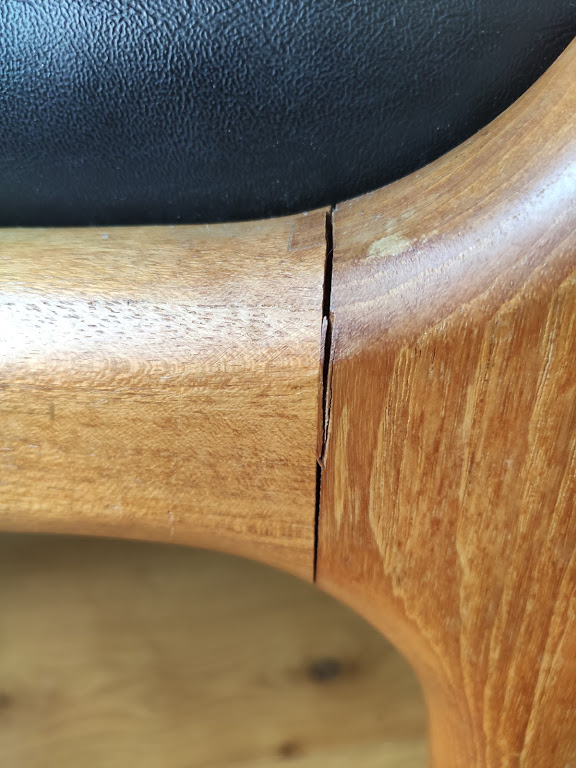postexitus
New member
Dear UKWorkshop,
I recently bought a second hand armchair. Although it has exceeded my expectations in many senses, I see a crack / opening in one of its joints (not sure if this was there when I purchased it). Given the dovetail itself seems to have been cracked, I thought it may need urgent attention. What are my options here? is this something DIY'able or do I need an expert?
Kind Regards,
Oliver Wyman
I recently bought a second hand armchair. Although it has exceeded my expectations in many senses, I see a crack / opening in one of its joints (not sure if this was there when I purchased it). Given the dovetail itself seems to have been cracked, I thought it may need urgent attention. What are my options here? is this something DIY'able or do I need an expert?
Kind Regards,
Oliver Wyman






































